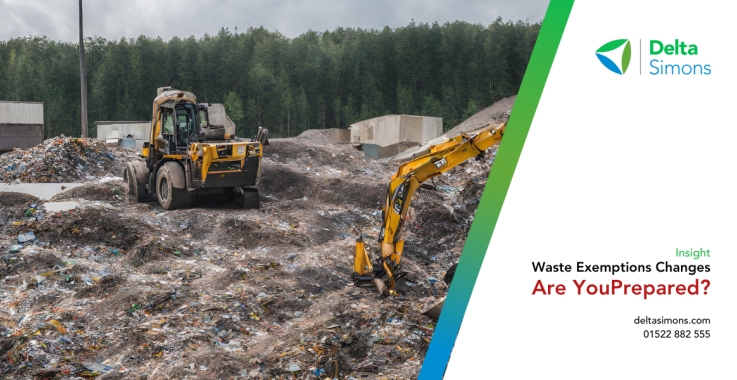ESOS… so what next?
10 Feb 2016
Sustainability

The ESOS extension expired on 29th January 2016. According to recent statistics, 60% of qualifying companies have complied, with a further 10% on their way to compliance.
The ESOS extension expired on 29th January 2016. According to recent statistics, 60% of qualifying companies have complied, with a further 10% on their way to compliance. That means an estimated 3,000 businesses are non-compliant and may soon face enforcement action from the Environment Agency. A list of all compliant companies will be published during February which will also serve to 'highlight' those businesses who have not met the requirements. Non-compliant companies risk bad publicity as a result.
Companies employing over 250 members of staff, or with a turnover exceeding €50 million and a balance sheet of over €43 million must comply with ESOS. This requires them to undertake energy audits, and appoint a Lead Assessor to review the audits. Recommendations for improvements in energy efficiency will be made; however, there is no obligation to implement these measures.
But for those who have complied, how can the ESOS process be improved for the next compliance period?
Maintain and update records of qualification criteria and other relevant compliance data
In this first compliance period, the scoping process proved a sticking point for many organisations. Complex corporate structures and asset management arrangements led to difficulties in calculating what needed to be included and what did not.
By keeping this data in mind, and updating it following any significant changes, it will make the next compliance period streamlined and cost-effective. Examples of changes to organisational structure to consider include:
- Company Mergers and Acquisitions
- Property Acquisitions/Divestments
- Change of Company Premises
- New Vehicle Purchases and Lease Agreements
For those businesses around the 250 employee or €39 million turnover thresholds, keeping tabs on qualification criteria throughout the next four years could help determine whether a business is required to participate in four years' time.
Spread the cost
Due to the fairly sudden implementation of ESOS in the UK, the vast majority of energy auditing work was conducted in the last six months of 2015. This, in many cases, also meant a large chunk of unbudgeted costs for businesses.
For Phase 2 of ESOS, any energy audits undertaken in the next four years will count towards ESOS compliance. Rather than waiting until the last moment, budget a little extra for regulatory compliance each year and spread the cost of ESOS audits throughout the full four year cycle.
Example ESOS Schedule
- 2016 – Commission Transport Audit
- 2017 – Commission Building Energy Audit
- 2018 – Commission Process Energy Audits, where relevant
- 2019 – Review Status and Fill in any Gaps
Implement recommendations
ESOS will always be a net cost to a business if they are unwilling to act on any recommendations.
In the majority of cases, zero cost actions such as adjusting temperature controls and improving awareness more than cover the initial cost of commissioning an ESOS report. For those with greater aspirations, pursuing more recommendations in a comprehensive fashion could result in savings of many times the cost of the audit in the first year alone.
Develop an action plan to target the low cost/quick payback initiatives first. Once implemented, invest the savings into other more costly actions. With a well-thought out plan and reinvestment of funds, an organisation can significantly reduce its reliance on energy and increase its profitability within a few years.



